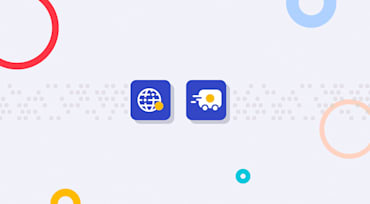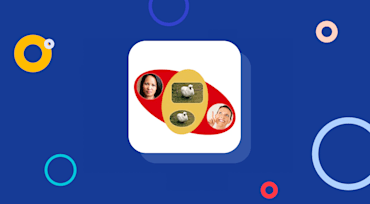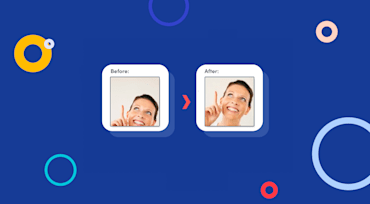When we conceived Cloudinary, our vision was to help with website asset management (images, Javascripts, CSS, etc.) in the cloud, easily and effectively. Our initial focus was on image management in the cloud since we've felt that this particular area was significantly underdeveloped. We figured that every web developer would be happy with a solid solution for image file uploads, applying image transformations in the Cloud and getting their website's images delivered through a fast CDN.


Cloudinary provides many built-in image resizing and cropping options: filling or fitting to required dimensions, scaling image up or down, cropping to a thumbnail, and so forth. When cropping you'll need to specify an anchor, or gravity. The image crop can be anchored to the image's center, top, left, etc. The cropping can even be relative to faces detected in the image.


When we set to develop Cloudinary’s Rails integration Gem, it was obvious to us that we’ll base it on CarrierWave. Here’s why.
Photos are a major part of your website. Your eCommerce solution will have multiple snapshots uploaded for each product. Your users might want to upload their photo to be used as their personal profile photo. What’s entailed when developing such a photo management pipeline, end-to-end?

Cloudinary’s roots go back to when we needed to embed users’ uploaded images and profile pictures for web projects we’ve developed.
We had to show people and faces of users in various dimensions and perspectives, and the process proved cumbersome.

